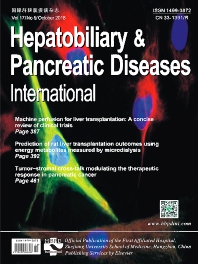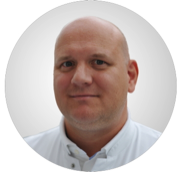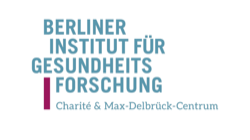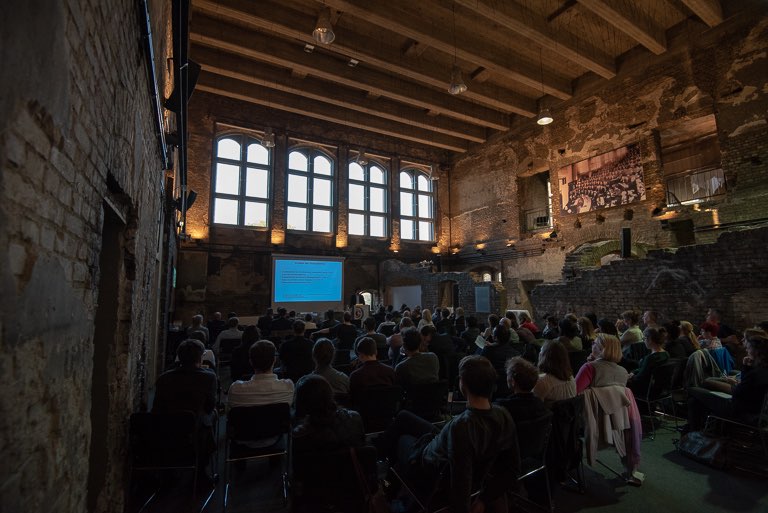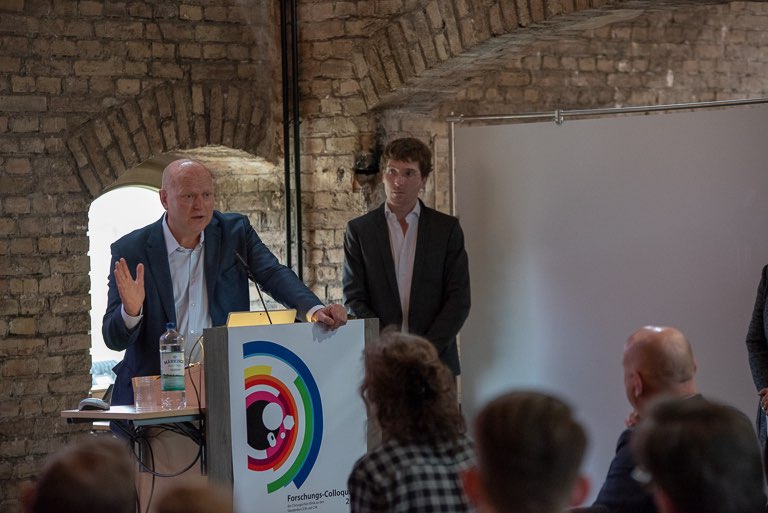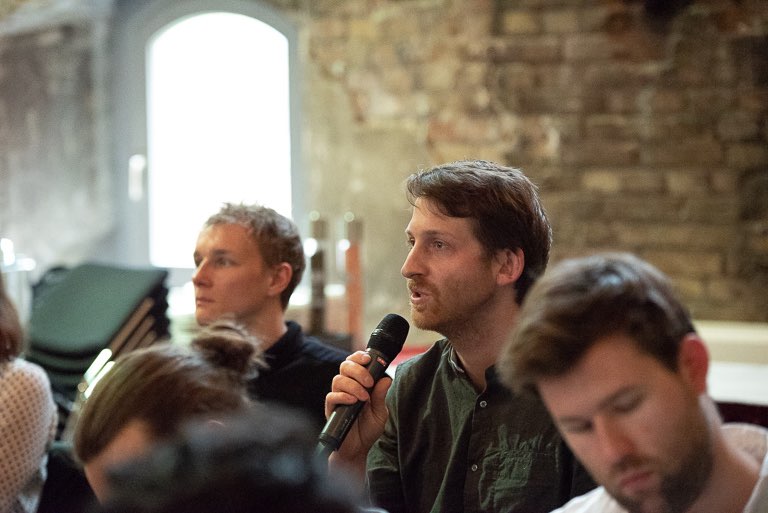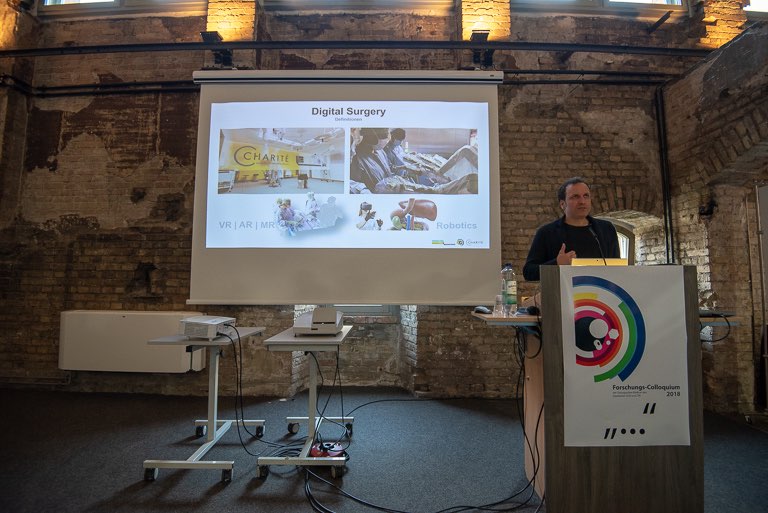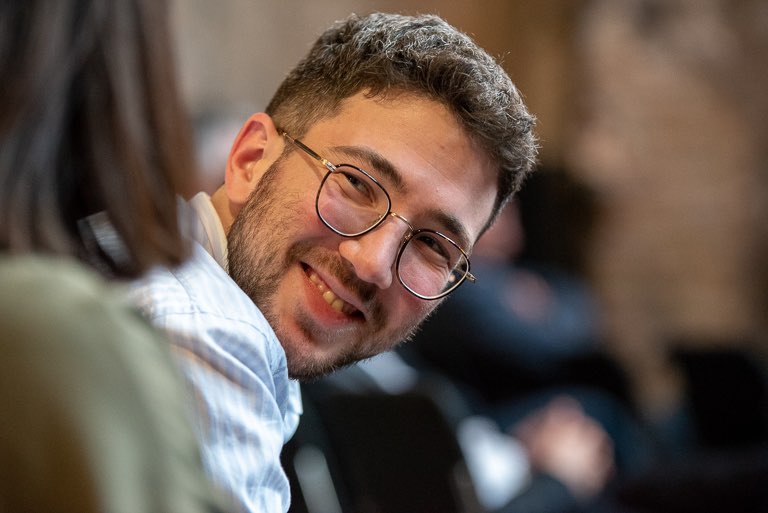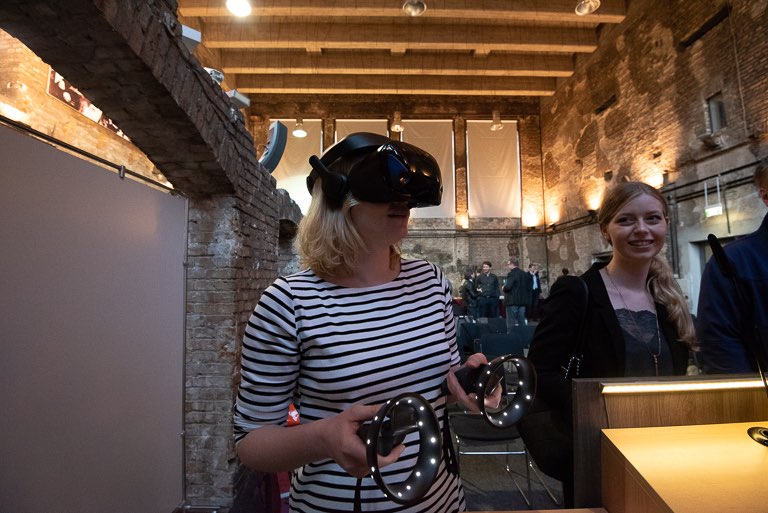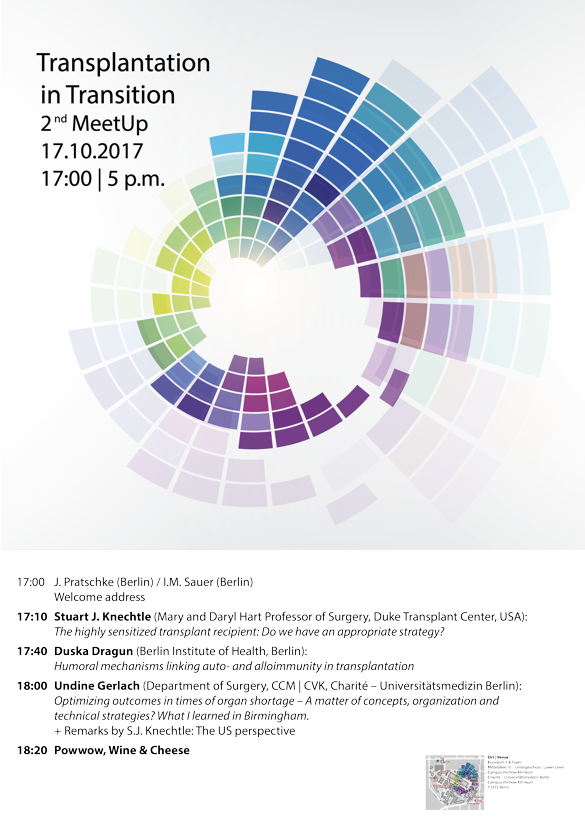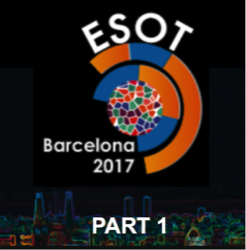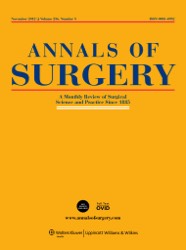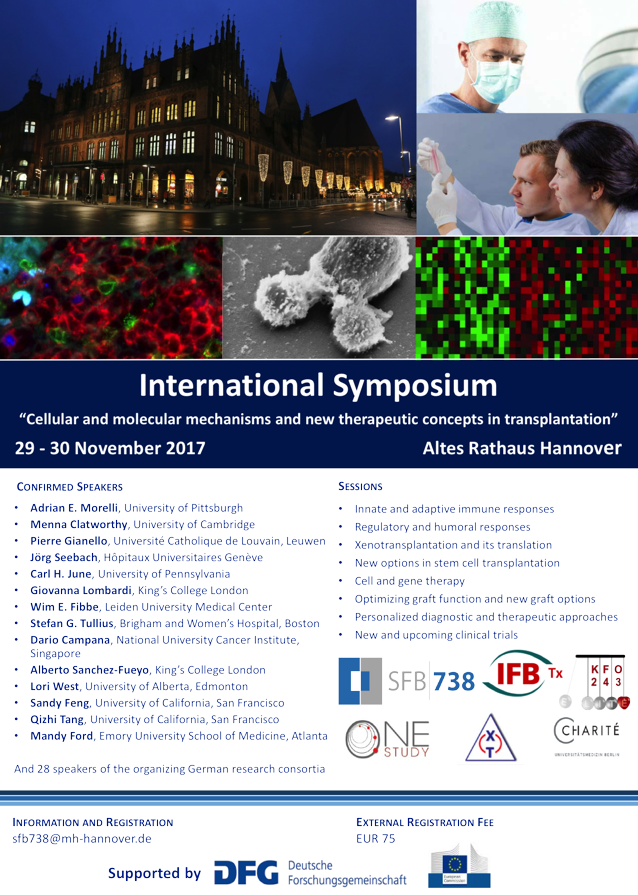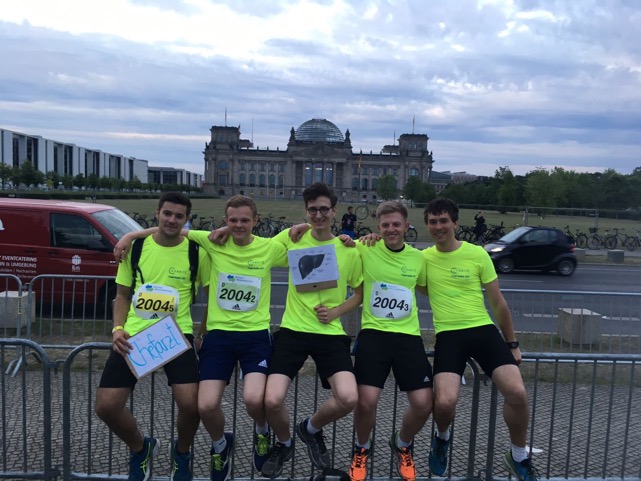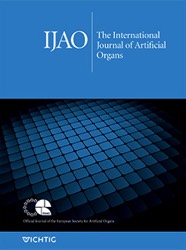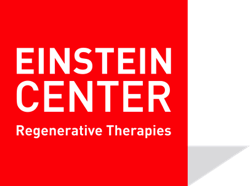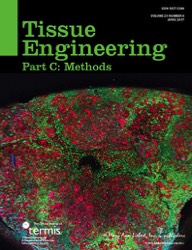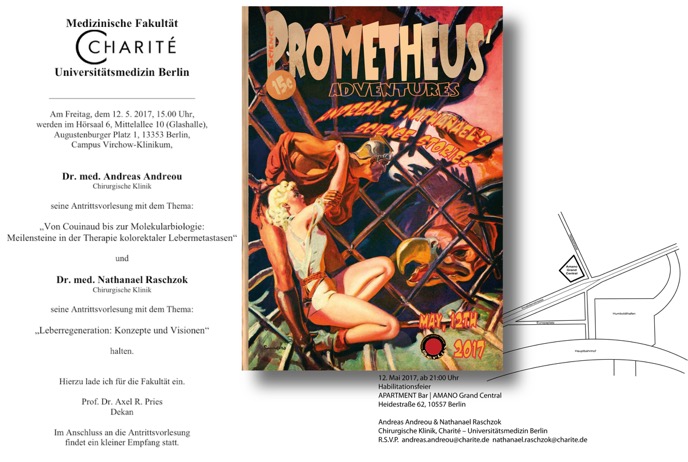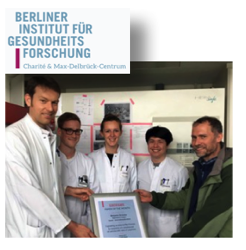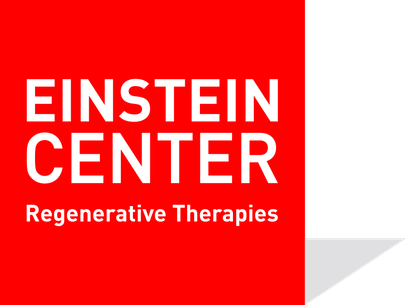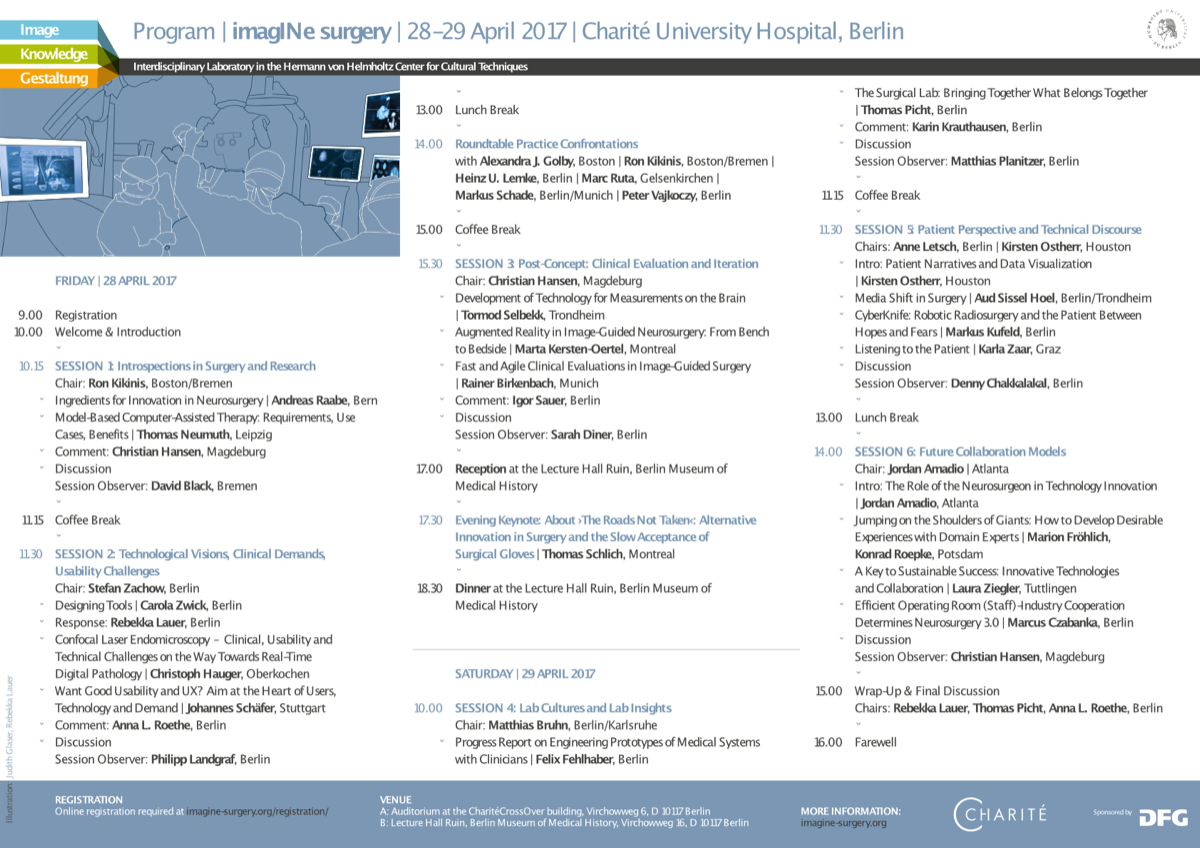Normothermic ex vivo machine perfusion
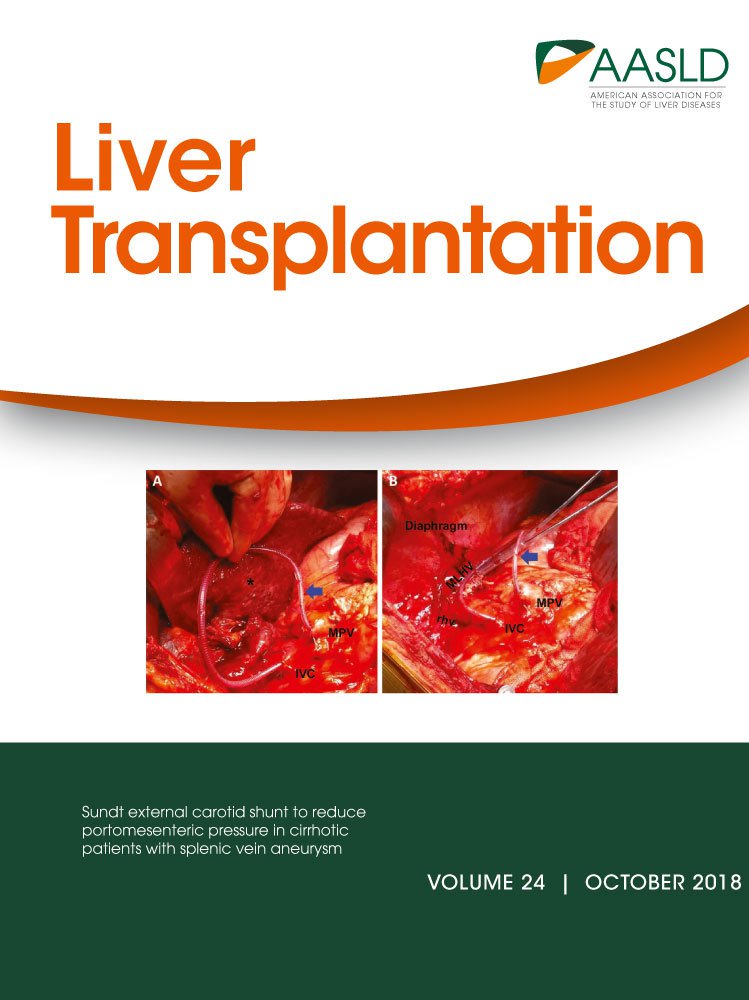
Authors are J. Gassner, M. Nösser, S. Moosburner, R. Horner, P. Tang, L. Wegener, D. Wyrwal, F. Claussen, R. Arsenic, J. Pratschke, I.M. Sauer, and N. Raschzok.
Normothermic ex vivo liver machine perfusion might be a superior preservation strategy for liver grafts from extended criteria donors. However, standardized small animal models are not available for basic research on machine perfusion of liver grafts. A laboratory-scaled perfusion system was developed consisting of a custom-made perfusion chamber, a pressure-controlled roller pump, and an oxygenator. Male Wistar rat livers were perfused via the portal vein for 6 hours using oxygenated culture medium supplemented with rat erythrocytes. A separate circuit was connected via a dialysis membrane to the main circuit for plasma volume expansion. Glycine was added to the flush solution, the perfusate, and the perfusion circuit. Portal pressure and transaminase release were stable over the perfusion period. Dialysis significantly decreased the potassium concentration of the perfusate and led to significantly higher bile and total urea production. Hematoxylin and eosin staining and immunostaining for ssDNA and activated caspase 3 showed less sinusoidal dilatation and tissue damage in livers treated with dialysis and glycine. While Kupffer cells were preserved, tumor necrosis factor α mRNA levels were significantly decreased by both treatments. For proof of concept, the optimized perfusion protocol was tested with DCD grafts, resulting in significantly lower transaminase release into the perfusate and preserved liver architecture compared to baseline perfusion.
Our laboratory-scale normothermic portovenous ex vivo liver perfusion system enables rat liver preservation for 6 hours. Both dialysis and glycine treatment were shown to be synergistic for preservation of the integrity of normal and DCD liver grafts.
